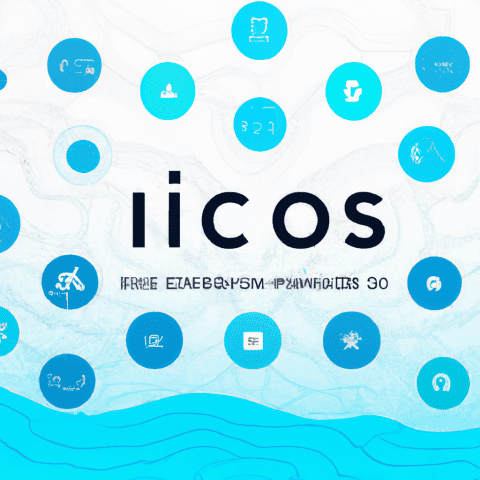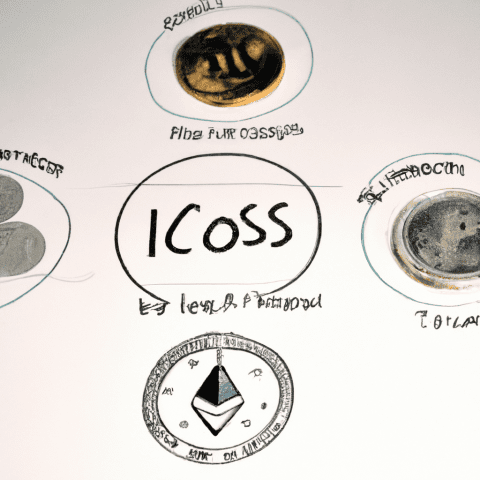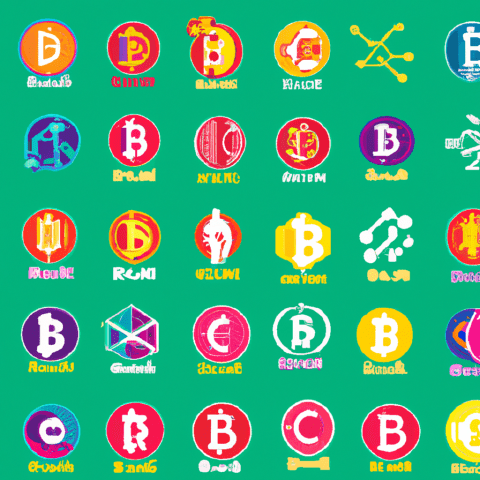In the rapidly evolving world of cryptocurrency, Initial Coin Offerings (ICOs) and Initial Exchange Offerings (IEOs) have become popular ways for blockchain projects to raise funds. With the rise of ICOs and the emergence of IEOs, investors are faced with a multitude of opportunities and challenges. In this article, we will explore the key differences between ICOs and IEOs, highlight the top ICOs and IEOs to watch out for, discuss the latest developments in the ICO/IEO market, and provide insights on navigating this complex landscape. Whether you are a seasoned investor or a newcomer to the world of cryptocurrency, understanding the nuances of ICOs and IEOs is essential. Join us as we delve into the world of ICOs and IEOs to uncover the latest trends, innovations, and investment opportunities in this dynamic market.
1. "Exploring the Differences Between ICOs and IEOs"
When exploring the differences between ICOs and IEOs, it is important to understand the key distinctions between these two fundraising methods in the cryptocurrency space.
ICO stands for Initial Coin Offering, and it involves a company or project creating a new digital token and selling it to investors in exchange for funding. ICOs are typically conducted independently by the project team, and investors can participate by sending funds to the project's wallet address.
On the other hand, IEO stands for Initial Exchange Offering, which is a fundraising method where a cryptocurrency exchange acts as the intermediary between the project team and investors. In an IEO, the project team partners with a cryptocurrency exchange to conduct the token sale on the exchange's platform. Investors can participate in the IEO by purchasing tokens directly through the exchange.
One of the main differences between ICOs and IEOs is the level of trust and credibility involved. ICOs are often criticized for being risky due to the lack of regulation and potential for scams. In contrast, IEOs are seen as more secure because the exchange has already vetted the project and is responsible for conducting due diligence on behalf of investors.
Additionally, ICOs typically require the project team to handle all aspects of the token sale, including marketing, token distribution, and investor relations. In contrast, IEOs streamline the process by leveraging the exchange's existing user base and infrastructure, making it easier for projects to reach a larger audience and raise funds more efficiently.
Overall, while both ICOs and IEOs have their own advantages and disadvantages, the rise of IEOs as a more regulated and secure fundraising method has led to increased interest from investors and projects alike. Stay tuned for the latest news on top ICOs and upcoming IEOs to stay ahead in the ever-evolving crypto market.















